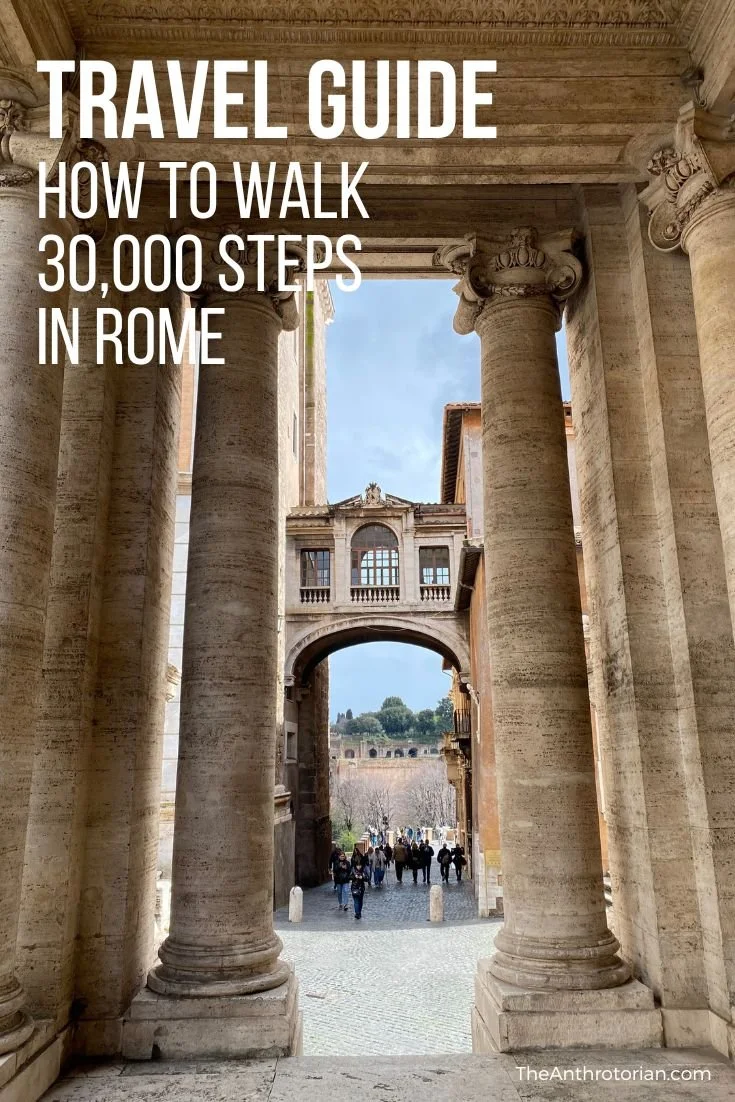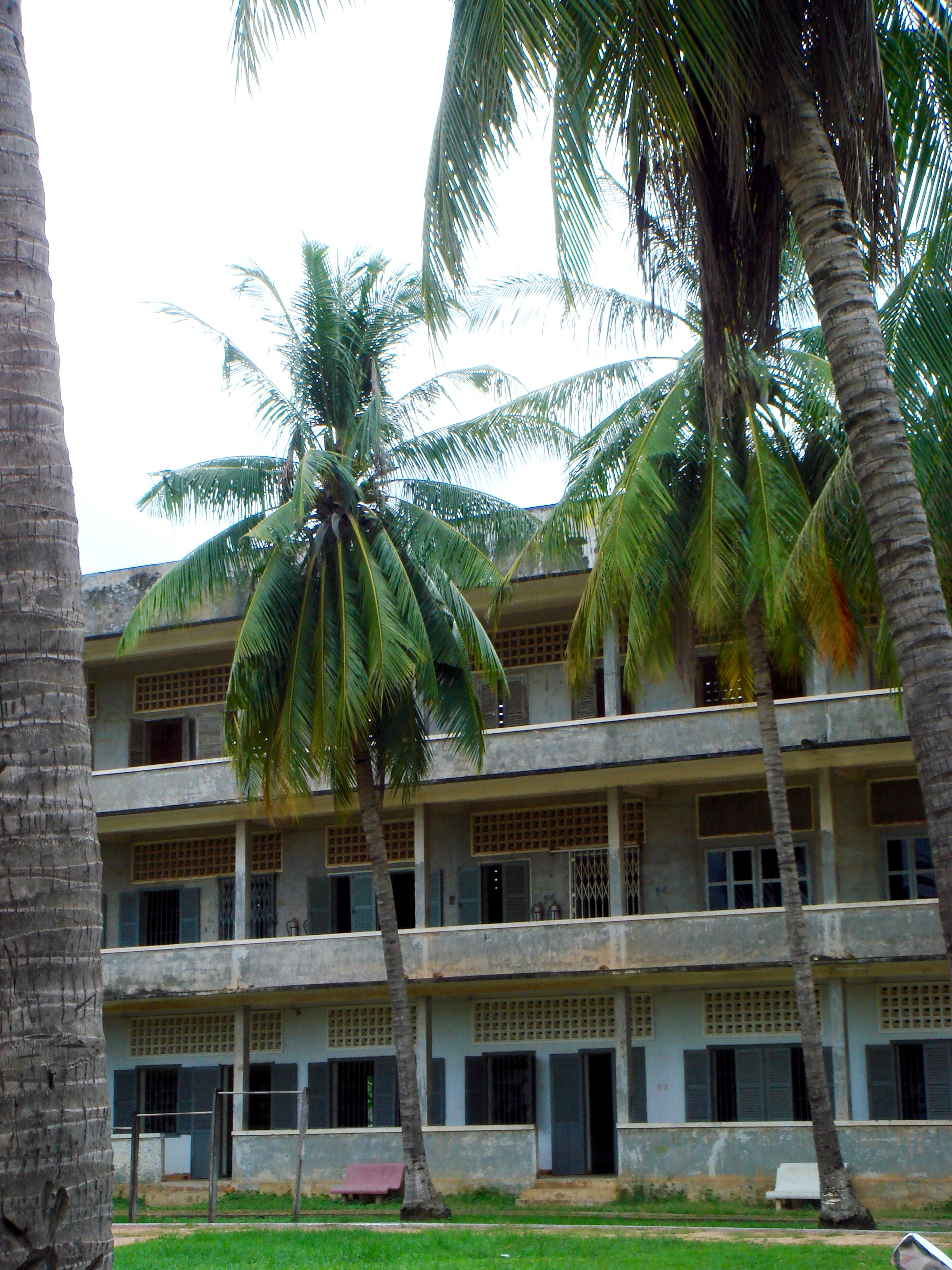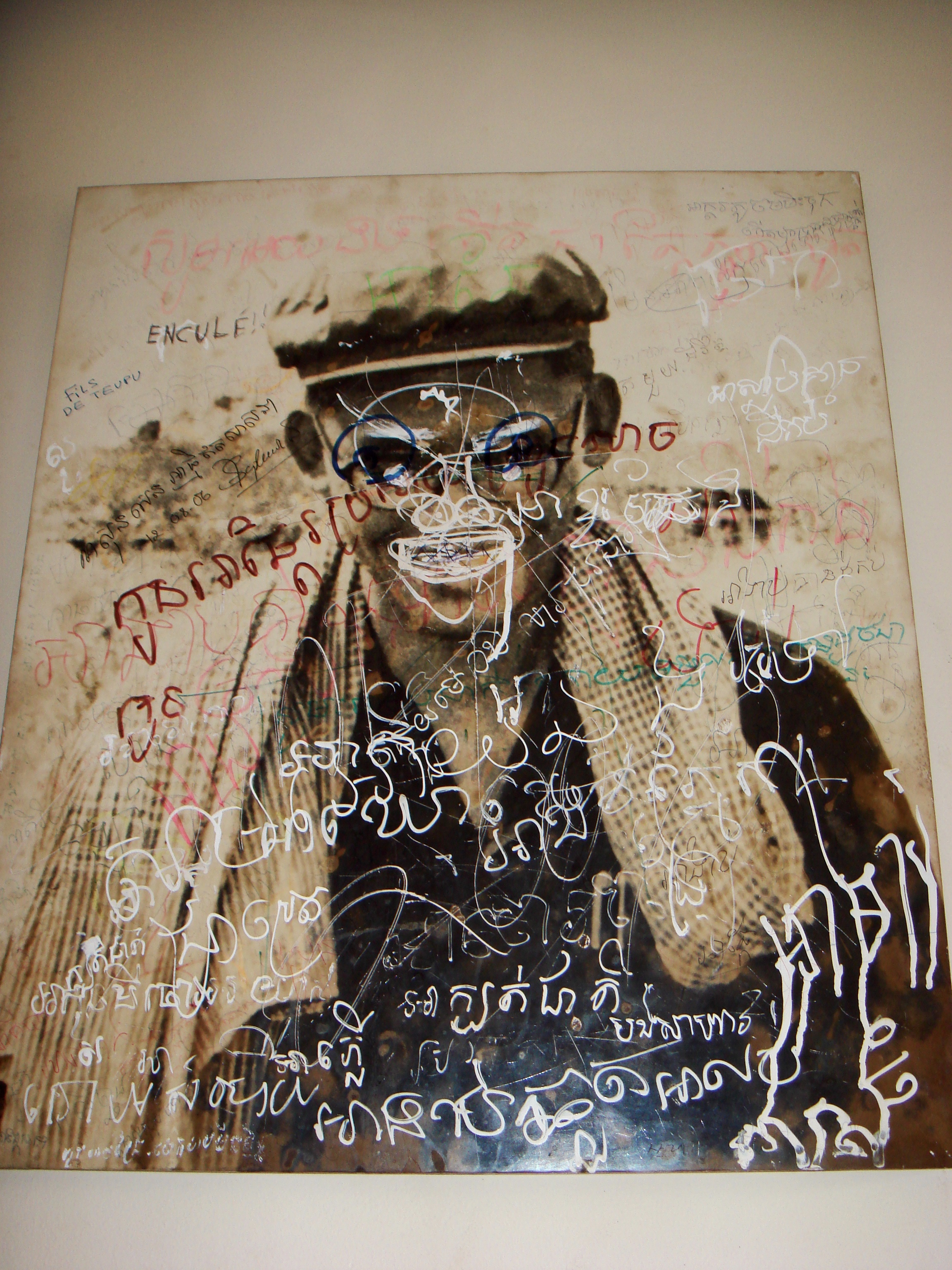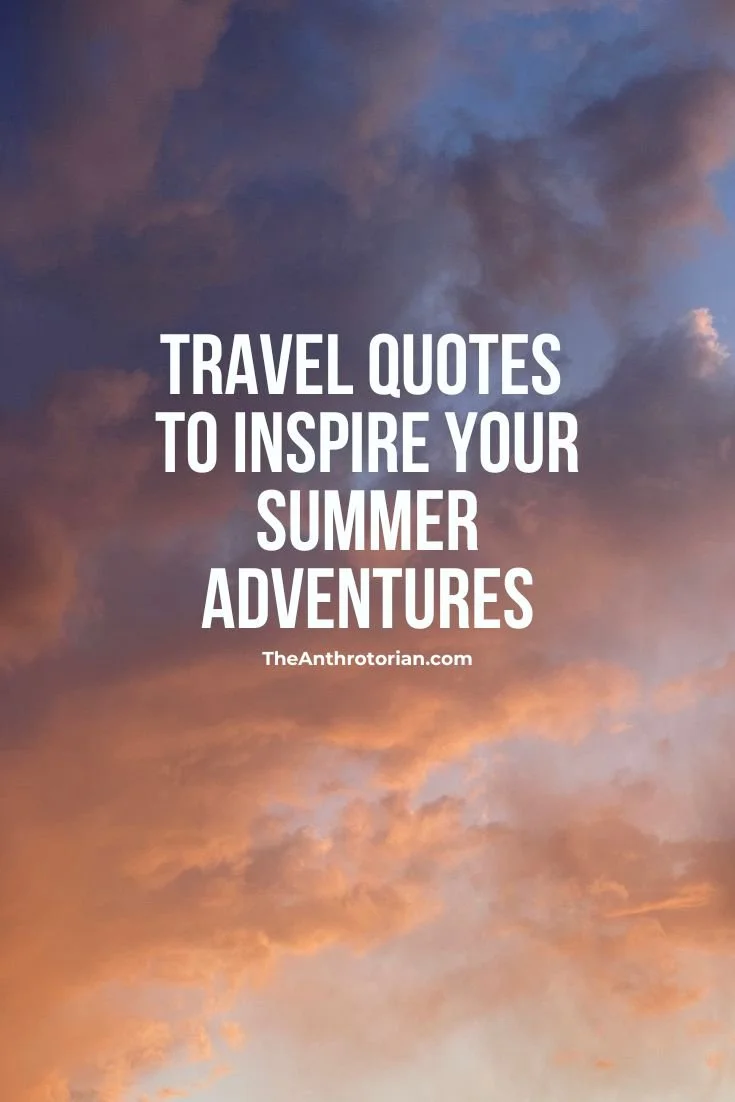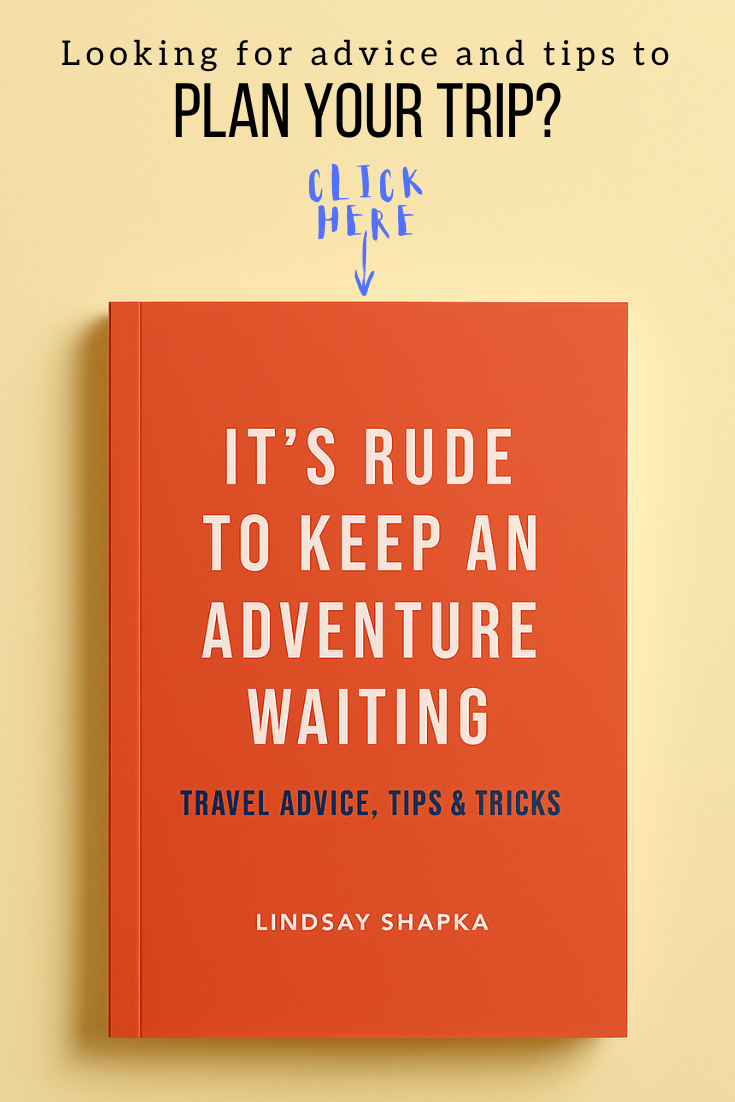How you wash clothes when travelling depends on the type of trip you are taking and the access that you have to services. But, it is an important thing to take into consideration — nobody likes a smelly traveller!
Let's start with the most obvious: washing your clothes in a common washer/dryer yourself. Most cities and towns will have a laundromat that you are able to hang out in for a few hours to do a load or two. It is important to remember though, that dryers are not common in all laundromats in Europe and Asia, so you may have to find somewhere to air dry your clothing after you have washed it. This also only works if you have enough dirty items to fill a washer.
If you are staying in a hotel or guesthouse, you will have the option to have them do your laundry for you. This option can range in price pretty drastically. At a higher-end hotel, you are guaranteed to be paying a hefty price for the convenience, while at inexpensive spots you will pay mere pennies for entire bags of clothing. For example, I paid $25 for a dress to be washed while at the Fairmont Hotel in Sonoma, California, and $5 to have a huge bag laundered at my hotel on Ko Pha Ngan in Thailand. Remember though, that when someone else is doing your laundry, there is a chance that it could be shrunk or damaged.
The shower method is one that has worked for me many a times. Here's how it works. You take your dirty clothes in the shower with you. You wash them with your shampoo. You get out of the shower with your clothes. You hang them up to dry. Not very complicated, but not great if you are in a rush, or don't have anywhere to hang them.
I usually end up hand washing one or two items (underwear, a shirt that has gotten a spot on it, etc.) in the sink at night, and they are usually dry by morning.
No matter where or how I'm travelling though, I always bring the following items with me:
a shampoo size container of laundry soap for hand washing
yarn or thin rope to use as a clothes line if necessary (TIP: The bottom bunk in a hostel is the perfect spot to string up a clothes line for quick, overnight drying)
fragrant dryer sheets to keep your bag smelling fresh (also handy to put in shoes)
a large ziplock bag to hold smelly or wet clothes so they stay separate from the clean ones
Remember that if you are backpacking or travelling for a long time, you will need to bring clothes that will dry quickly, not get overly wrinkled, and wear well. (NOTE: That doesn't mean ugly, it just means that you shouldn't bring your favourite silk shirt and delicate lace shorts for a 7 month trip and expect them to last). Multiple washes will break down fabric pretty fast, and you don't want to have to keep replacing clothes that wear out quickly.

